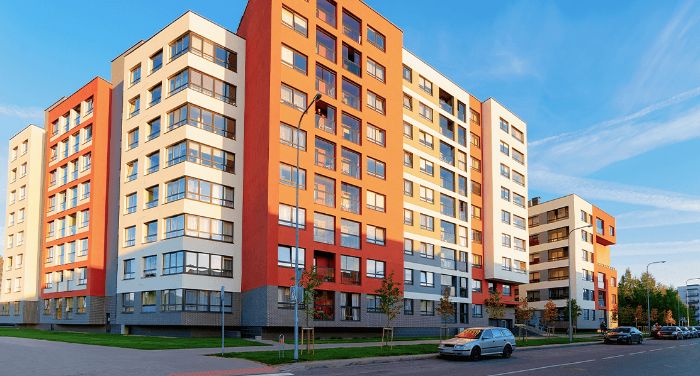Within today's world, having a robust and dependable Wireless signal is essential, especially in multi-unit environments like apartments or condominiums. Many people depend on the network for work, school, and entertainment. However, Wi-Fi signals can have difficulty to reach every area of these buildings due to various obstacles. These hindrances can include walls, levels, and other digital devices that interfere with the signal. To improve Wi-Fi connectivity and performance in these environments, it is critical to grasp some foundational concepts of Wi-Fi communication.
One efficient way to enhance Wi-Fi operation is by strategically placing routers and access points throughout the building. A central location is usually best, as it allows the signal to travel evenly in all directions. In larger multi-dwelling units, several repeaters may be required. These units assist increase the reach of the wireless infrastructure and deliver better service to residents in different parts of the building. Additionally, deploying equipment that adhere to the current Wi-Fi protocols can result in faster speeds and enhanced total efficiency.

Another important aspect in improving Wi-Fi signal strength is reducing interference from other devices. Many domestic items, such as microwaves and cordless phones, can disrupt Wi-Fi transmissions. It is advisable to keep modems away from these devices to ensure a more stable connection. Additionally, adjusting the frequency configuration on a device can help reduce conflict from neighboring networks. Look At This The majority of routers automatically choose the best channel, but manually selecting a less congested one can enhance performance.
Regularly updating router software is also crucial for maintaining maximum wireless performance. Manufacturers routinely release updates that resolve bugs and improve protection features. Keeping the software current ensures that users take advantage of the latest improvements and defenses against potential risks. Furthermore, tracking network activity helps identify which endpoints utilize more bandwidth, allowing for better allocation of available resources.
Ultimately, educating users about best practices for using wireless networks can significantly enhance their website link performance. Simple measures such as connecting only required units, using Ethernet links when possible, and routinely rebooting the device can make a difference. By fostering a culture that understands how to maximize their Wi-Fi efficiency, multi-dwelling environments can elevate user satisfaction and ensure that everyone experiences a reliable Wi-Fi connection. This integrated approach of planned placement, reducing interference, managing hardware, and educating residents will lead to a more reliable and enjoyable wireless experience for all residents.